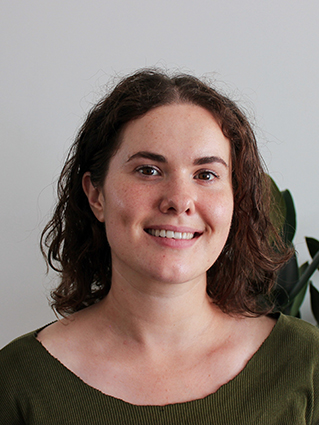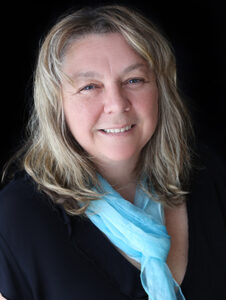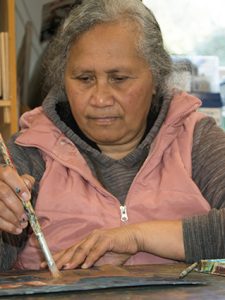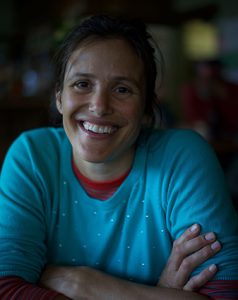Panel Discussion –
Art: A Communicative Technology
Thursday, June 20, 2019
6:00 PM – 8:00 PM
@STUDIO ONE—TOI TŪ
1 Ponsonby Road
Auckland
We invited a diverse group of people, expert in their field, to discuss ideas around communication and communicative technologies.
Communication is critical to our practice and research at Māpura Studios.
The artists use a broad range of media to share their ideas.
We asked questions such as: how contingent is information on its medium?
And how does technology affect how we relate to each other, and how we relate to information?
The Chair: Actor, Comedian and MC John Glass
The panel:
- Painter Jacqueline Fahey
- Game Designer Eric-Rangi Hillman from Metia Interactive
- Assistant Prison Director at Auckland Prison Simon Chaplin
- Dr Morrigan Mullen, Education and Social Work, Auckland University
- Dr Danielle Lottridge, Computer Science, Auckland University

Panelists Māpura Studios panel discussion at Studio One – 2019
MORRIGAN MULLEN
Molly (Morrigan) Mullen is a Senior Lecturer at the University of Auckland’s Faculty of Education and Social Work with a background in theatre education, youth theatre, community arts and children’s theatre. Her research examines the economies of applied theatre and socially engaged arts practice, encompassing issues related to policy and funding, as well as forms of organisation, management and work. She is also involved in projects related to the arts and ecological issues, drama and performance in early childhood education and the arts in criminal justice contexts.
Summing it up
My talk will pose and respond to three questions about how arts organisations like Māpura communicate what it is that they do and the value of their practice.
-Why is it so challenging to succinctly describe the work of arts organisations like Māpura studios without erasing elements of the rich, complex creative practice and reducing its value?
-What roles do contemporary technologies and modes of communication have in both exacerbating and addressing this challenge?
-Can we ever get beyond the need to be present, to be part of it, to really ‘get it’?
DANIELLE LOTTRIDGE
One day she’s running an experiment about multitasking, collecting data about what happens when people try to do three things at once online. The next day she’s working with stroke survivors to find ways they can use virtual reality to stimulate their minds in ways that help transcend their impairments. Every day she’s working with students and fellow scholars to better understand our world and try to build an even better one.
Danielle Lottridge is a Canadian with a California accent. She completed a PhD in Human Factors Engineering at University of Toronto, then migrated South to do a postdoc at Stanford University in California, where she also pursued a registration in Dance Movement Therapy. She worked in Silicon Valley tech industry before moving to New Zealand and into academia last year.
Virtual Reality Art-Making
How does virtual reality shape art and artistic practice? We investigated this question with 14 artists from the Mapura course “Leading a Creative Life: Enabling people with stroke to express themselves creatively through visual arts practice”. In traditional art-making, we observed inspirations around identity, situatedness of choices for tools in the social and physical environment, and a breadth of application techniques (e.g., dripping paint or use of tape) that varied in need for fine motor control. In contrast, virtual reality art fostered emergent inspirations that reflected qualities of the 3D paint and free-form gesture. Virtual reality and traditional art-making contrasted in speed and finality of application, opportunities for iteration and reflection, and need for dexterity. We draw implications for the improvement of the design of virtual reality art-making.
SIMON CHAPLIN
My current employment is Assistant Prison Director at Auckland Prison, where I am responsible for 11 industries: both commercial and core services, all Learning and Education: physical, academic, digital and vocational training as well as multiple treatment programmes, units and teams ranging form psychological intervention, drug treatment, art therapy and the provision of all volunteer delivered or contracted programmes, be they spiritual, yoga, drivers licences, nutrition, etc.
I have a background across a variety of social services and in a variety of roles. a radio DJ, a festival DJ (Splore, Sound splash, the Gathering etc.), a Café owner – designed, managed and owned the space call The Lost Angel café on K’rd.
I studied theology which lead to a belief that there was no God for me rather a lust for social justice and using every opportunity and medium to effect change.
What do I plan to talk about: more form my experience of seeing art therapy transform lives.
Not everyone can do therapy, art is a way of doing therapy, it is slow, playful and accesses true self discovery, expression, transformation. I have witnessed this with my own eyes, and listened to prisoners/men talk of things they could not otherwise, a sign of art therapy’s value in gaining skills to manage ongoing traumatic thoughts, feelings and episodes.
JACQUELINE FAHEY
Jaqueline Fahey is a writer and a painter of long standing. In Fahey’s painting the socio-political concerns of her work are conveyed through the complex dynamics of everyday life.
Fahey’s work can be found in major public and private art collections across New Zealand, including Victoria University of Wellington’s art collection, Museum of New Zealand Te Papa Tongarewa, Christchurch Art Gallery, Aigantighe Art Gallery in Timaru, and the Hocken Collection at the University of Otago. Fahey was appointed an Officer of the New Zealand Order of Merit for services to art in the1997 New Year Honours. In 2008 Fahey’s work was included in the high profile WACK! Art and the Feminist Revolution exhibition at The Museum of Contemporary Art of Los Angeles.
In 2013, she received an Arts Foundation Icon Award, the Foundation’s highest honour.
Statement:
Just recently I stumbled upon a small segment from a long poem, don’t panic, like most people, I like to read poetry I do not like to have it read to me. This poem however describes the process where, through the exercising of your art, you begin to lead a way of life that brings the fleeting pleasures of a vocation.
ERIC-RANGI HILLMAN
Eric Rangi Hillman (Te Whānau-ā-Apanui, Te Āti Awa) is a game designer at Metia Interactive who has contributed to the NZ Game Development Association (NZGDA) and co-founded the Auckland Indie Game Development community ‘meet-ups’. In 2016 he received an NZGDA scholarship to attend the world Game Developers Conference in San Francisco and in 2017 he led youth to create the game Hikoi as part of the Auckland War Memorial Museum’s outreach program.
Eric has worked with youth-at-risk delivering mentoring and support in primary and secondary schools. He is interested in bridging the gap for indigenous youth to enter into game development, many of whom have little access to technology. Through his work at Metia Interactive he feels implementing Māori cultural elements into both core design and interface will encourage greater Māori involvement in the digital sector.
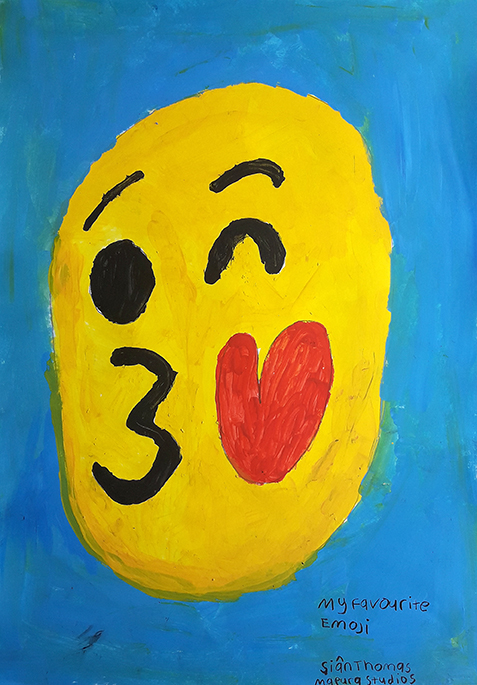
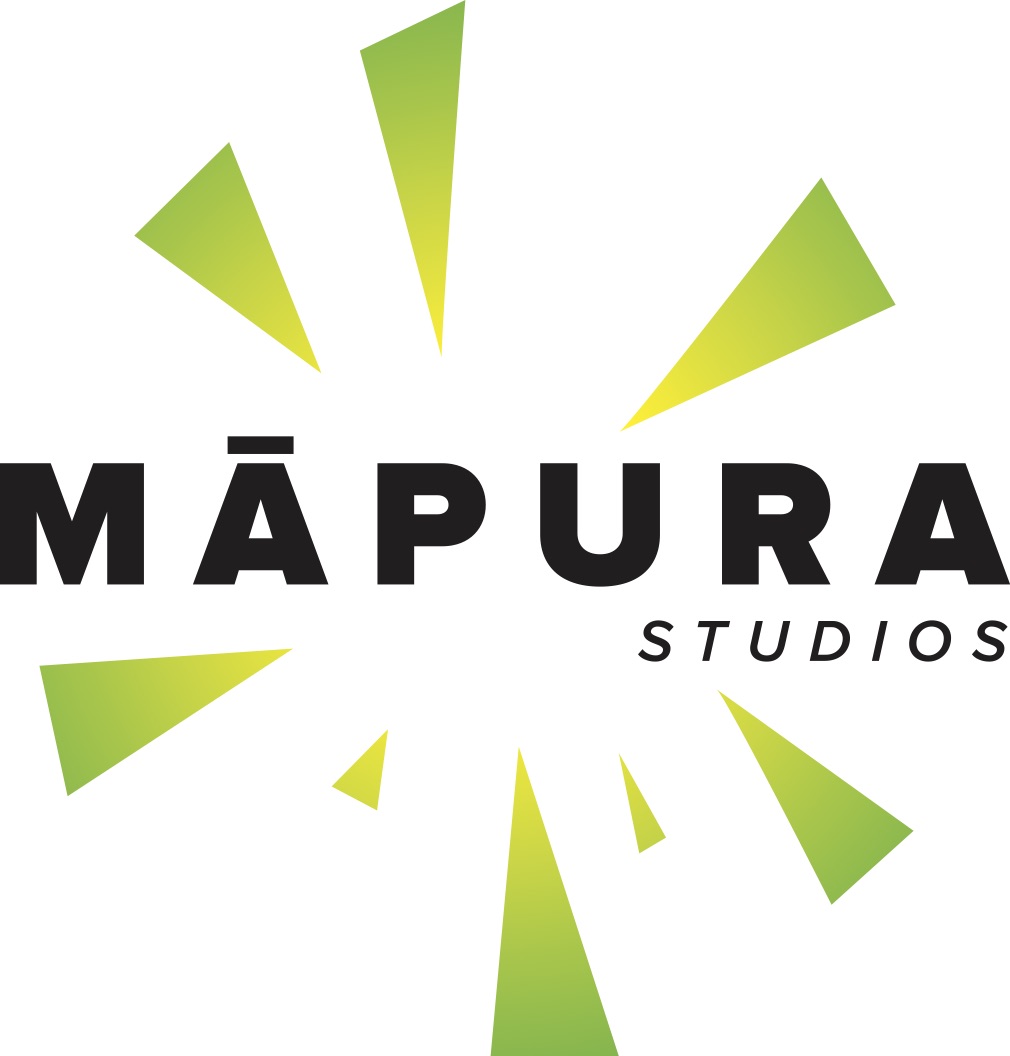
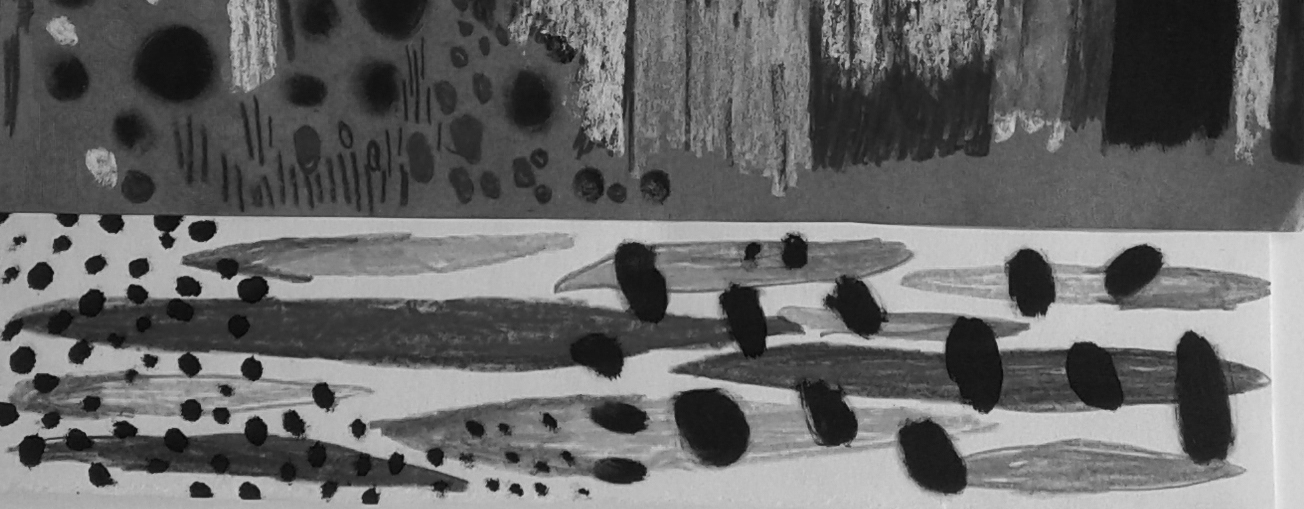
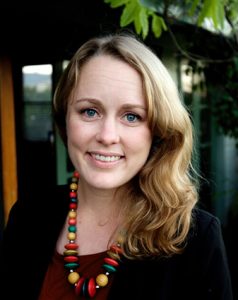
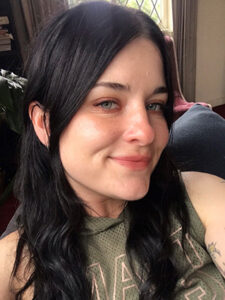
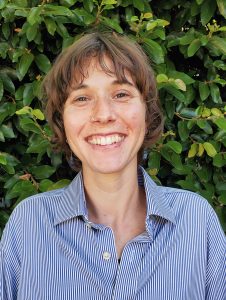
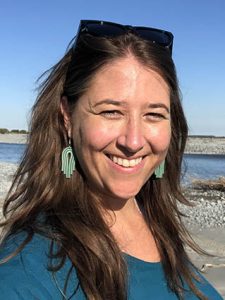
 Diana McPherson
Diana McPherson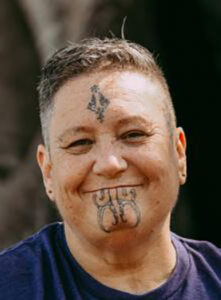
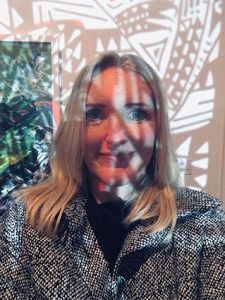
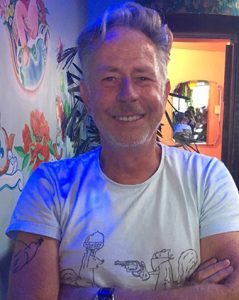
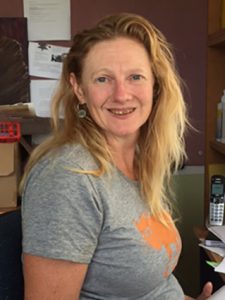 Alex McPherson
Alex McPherson
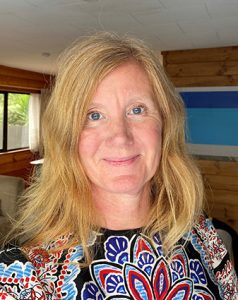 Cath O'Brien
Cath O'Brien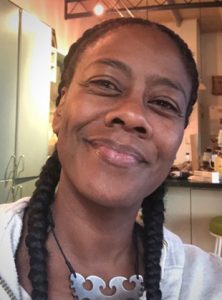 Alvie McKree
Alvie McKree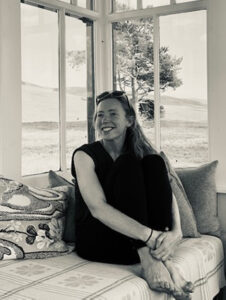
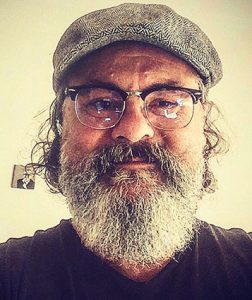
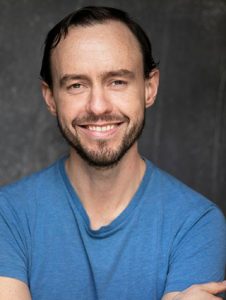 Daneil (Dan) Cunningham
Daneil (Dan) Cunningham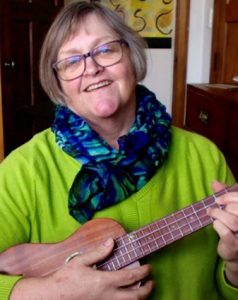
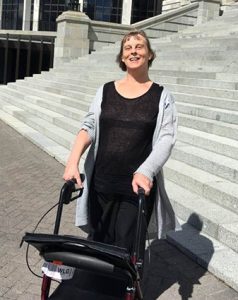 Allyson Hamblett
Allyson Hamblett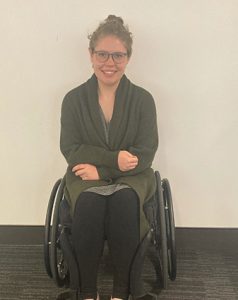
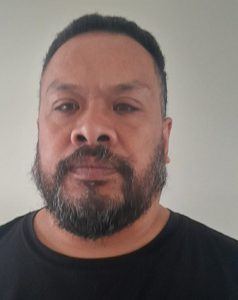
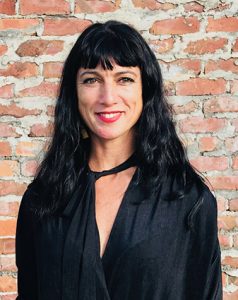 Emilia Rubio
Emilia Rubio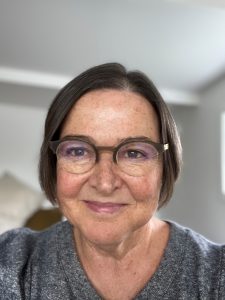 Jane Bawden
Jane Bawden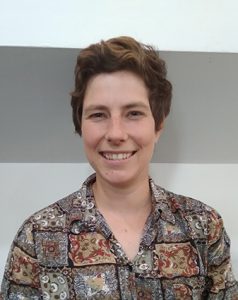
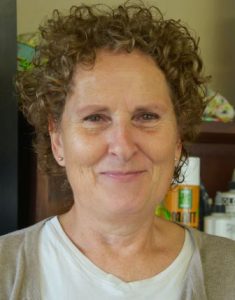
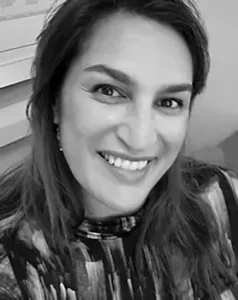
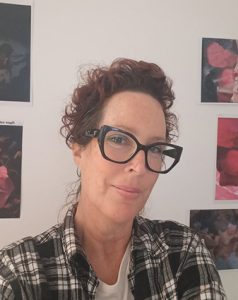
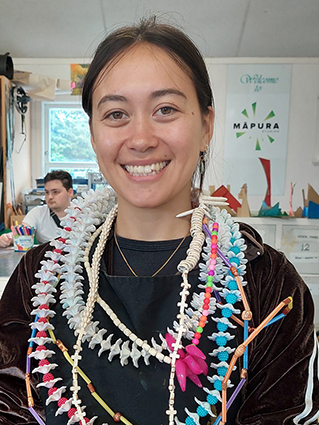
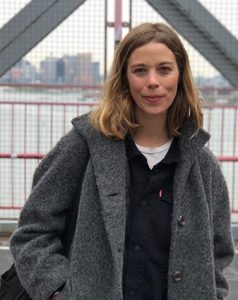
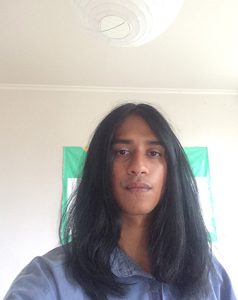
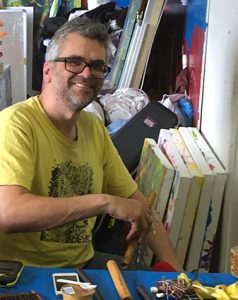
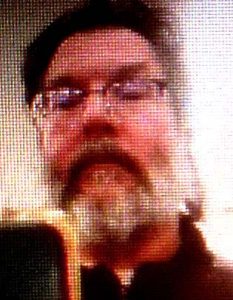
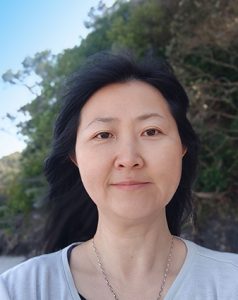 Xu
Xu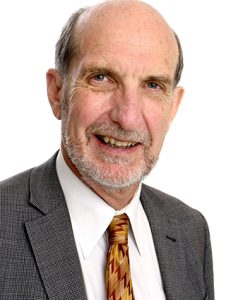
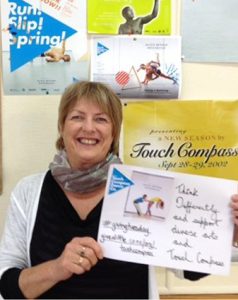
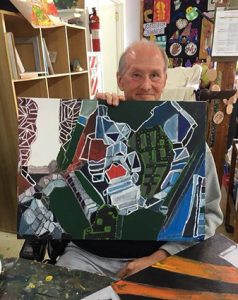
 Chloe Mao
Chloe Mao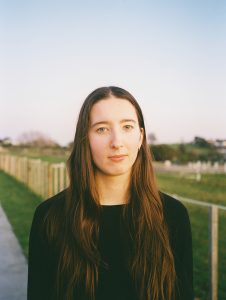 Gabrielle Stoddard
Gabrielle Stoddard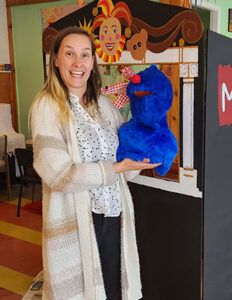
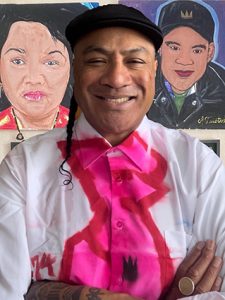
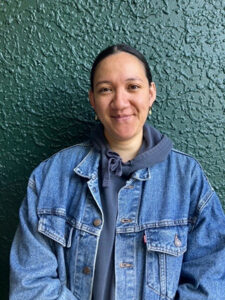 Monari Falepeau
Monari Falepeau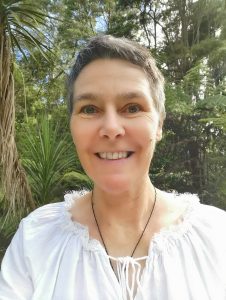 Merrin Fagan
Merrin Fagan